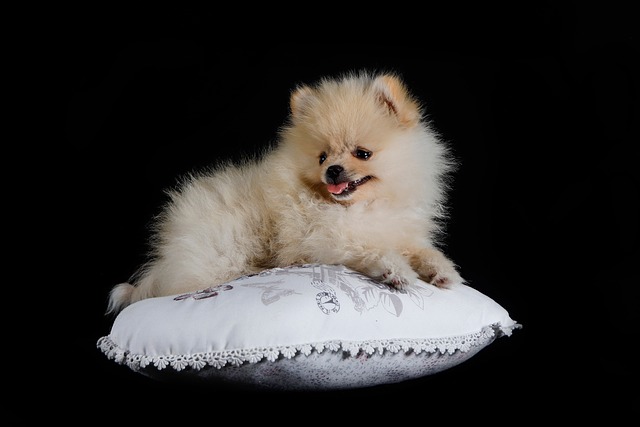
How can I tell if my dog's heatstroke is serious
Let’s be real: It’s a sticky August morning in Los Angeles, and you took your 2-year-old Golden Retriever, Max, for a walk a little later than usual
If you’ve noticed your dog shaking their head more lately or caught a whiff of something “earthy” near their ears, you might be wondering how to clean them—especially if you don’t have a commercial ear solution on hand. New dog owners across the U.S. often fret over this, but good news: You can safely clean your pup’s ears with simple household items, as long as you’re gentle and know what to avoid. Let’s break it down.
First, why bother? A dog’s ear canal is L-shaped, which traps dirt, wax, and even moisture (think after a bath or rainy walk). This buildup can lead to infections, especially in floppy-eared breeds like Cocker Spaniels or Basset Hounds—their ears hang low, blocking air flow. A vet in North Carolina once told me, “Most ear infections start with a little gunk that wasn’t cleaned—catching it early saves a trip to the clinic.”
The key rule: Never stick anything deep into the ear canal. The eardrum is delicate, and a cotton swab or finger can puncture it. Instead, focus on the outer ear (the flap, called the pinna) and the opening of the canal—just the parts you can see.
Here’s how to do it without solution: Grab a few soft cotton balls or a clean, lint-free washcloth. Run the cloth under lukewarm water, then wring it out completely—you want it barely damp, not wet. Gently wipe the inside of the ear flap and around the opening of the canal, using a fresh part of the cloth for each ear to avoid spreading dirt. For crumbly wax, a dry cotton ball works: Pat (don’t rub) the area to lift it away.

If your dog has extra waxy ears, a tiny bit of coconut oil (melted, then cooled) can help. Dab a cotton ball in the oil, then wipe gently—this softens wax without irritation. But skip olive oil or butter—they’re too heavy and can clog pores, making matters worse.
Practical tips for apartment living: Do this in a quiet room, not during busy hours—loud TVs or kids running around might stress your dog. If they fidget, have a treat ready: A small piece of chicken when they sit still turns cleaning into a positive experience. This aligns with U.S. training norms—rewarding calm behavior builds trust, so next time, they’ll lean in instead of pulling away.
Compliance checks: While at-home cleaning is fine for routine care, note that ear issues can signal bigger problems (like allergies or mites). If you see redness, pus, or your dog yelps when touched, call the vet—delaying care could lead to pain. And don’t forget: Keeping up with core vaccines (rabies, distemper) is legally required in states like Pennsylvania, and a vet visit for ear troubles will require proof.
Post-cleaning, when you head out for a walk? Pack those poop bags—cities like Denver enforce clean-up rules year-round, and a dog with fresh ears still has responsibilities.
Remember: Slow and steady wins. Rushing or forcing your dog will make them fear ear time. Take 2 minutes, stay calm, and let them know it’s no big deal—soon, they’ll barely notice you’re doing it.

Let’s be real: It’s a sticky August morning in Los Angeles, and you took your 2-year-old Golden Retriever, Max, for a walk a little later than usual

You're enjoying a summer afternoon at the park when you notice your dog has stopped panting and appears disoriented - their gums are bright red

Let’s paint the picture: You’re in your Denver apartment, watching your 4-year-old Boston Terrier, Ruby, plop down mid-play session with her favorite toy

Many dog owners notice their pets nails seem shorter after regular walks,but how much does this daily activity actually help?The answer depends on where you walk—concrete sidewalks or asphalt streets gently file nails as a dog's paws hit the ground

Most dog owners notice their pup scooting across the carpet at some point, but few connect it to impacted anal glands. These small sacs near a dog’s rectum secrete a scent for marking territory

Most vets agree that regular dog teeth cleaning is key to avoiding painful dental issues later. For healthy adult dogs, a professional cleaning at the vet’s office every 12 to 18 months usually works well.